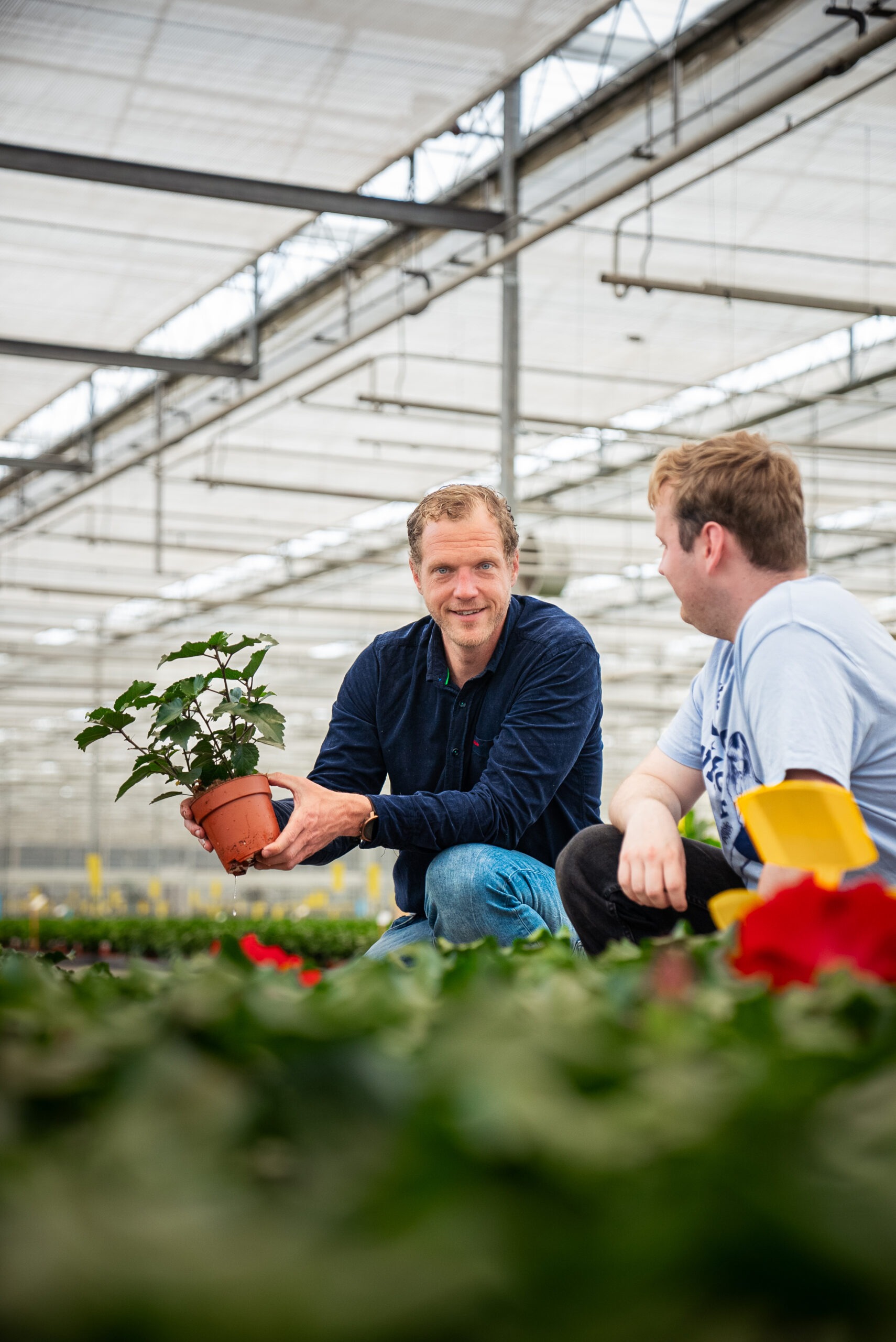Knowledge Centre
Frequently Asked Questions.
Here you will find an overview of the most recent manuals for our products.
If you can’t quite figure it out for yourself, please call one of our staff members, we will be happy to help you.
Yes, this is possible. Our sensors are available in an analog version. This version has an analog port (4-20 mA) to connect the sensor to a climate computer. Only our seed sensor is not available in this version.
The life of the coating is approximately 6 months or 400,000 measurements, depending on the use of the coating.
Yes, our oxygen sensor can be used to measure both air and water.
The sensor kit has a special substrate predrill and a support for the optrode (tripod). You put this tripod in the substrate. With the predrill you carefully make a hole in the substrate, use the hole in the tripod for this. Stop at the height where you want to measure. Take out the predrill and carefully insert the optrode into the hole just made. The tripod provides extra support, so that no leakage comes to the measuring point.
The sensor can be placed anywhere in the mat. The location will therefore depend on the measurement demand.
Measuring between two blocks where the optrode is placed in the bottom layer is often a good average to track the trend in oxygen in the slab.
Saved data can be easily imported from the sensor by connecting the sensor to a laptop or PC and using the Sendot software.
You can then save the data as a .txt file and export it to a Microsoft Excel file.
